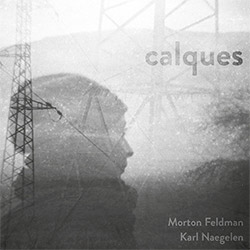
Founded by violinists Amaryllis Billet and Anna Jalving, with Fanny Paccoud on viola and Sarah Ledoux on cello, Quatuor Umlaut presents their first recordings, joined by clarinetist Joris Ruhl for two pieces: "Calques" by composer Karl Naegelen using effects of transparency and fusion of tones; and Morton Feldman's highly textured "Clarinet and String Quartet".
In Stock
Quantity in Basket: None
Log In to use our Wish List
Shipping Weight: 3.00 units
Sample The Album:
Karl Naegelen-composer
Morton Feldman-composer
Joris Ruhl-clarinet, bass clarinet
Amaryllis Billet-violin
Anna Jalving-violin
Fanny Paccoud-viola
Sarah Ledoux-cello
Click an artist name above to see in-stock items for that artist.
UPC: 3341348163628
Label: Umlaut Records
Catalog ID: MFR-CD37
Squidco Product Code: 32157
Format: CD
Condition: New
Released: 2022
Country: France
Packaging: Digipack
Recording at La Ferme du Biereau, in Louvain-la-Neuve, Belgium, on May 6th, 8th and 8th, 2021, by Ananda Cherer.
"Quatuor Umlaut was founded in 2020 by violinists Amaryllis Billet and Anna Jalving, with the aim of taking the string quartet format into the sound spaces of today's music. This first recording is the opportunity to work with Joris Ruhl and to form a quintet with clarinet.
If the record is called Calques [the word "Calques" in French has several meanings: it evokes the tracing paper and its transparent nature that enables the light to go through, as well as the notions of layers and reproduction], after Karl Naegelen's quintet, it is because this word describes an issue shared with Morton Feldman's quintet.
In these pieces, each in their own way, the two composers play with the sound planes, using effects of transparency and fusion of tones. Karl Naegelen and Morton Feldman both question the relationship between the clarinet's sound and the string quartet's ; both of them are seeking at times to emphasize their heterogeneity, at times to erase it, and in general to walk along the continuum that links these two extremes.
Although they share a research on these questions of transparency and fusion of sounds, these two pieces are nevertheless motivated by very different concerns. Calques is a reduction of the material of the clarinet concerto created by Joris Ruhl and the orchestra ONCEIM. It is built around a zooming relationship between the clarinet part and the string quartet. As if the string quartet was trying to recreate the sound of the clarinet on a grand scale, and in particular the sound of multiphonics slowly evolving thanks to circular breathing.
Clarinet And String Quartet is sometimes made up of homogeneous textures, avoiding this effect of the clarinet in the foreground, and sometimes of others where in the opposite the singularity of the clarinet is assumed. This dualism between camouflage and salience seems to us to constitute one of the singular flavour of this score"-Umlaut
Artist Biographies
• Show Bio for Karl Naegelen "Saxophonist and guitarist in his first hours, Karl Naegelen started composition at the Conservatoire National de Region and at the Conservatoire National Supérieur de Musique de Lyon. In 2006, his work is greeted by a diploma with honors and a Scholarship by Foundation Salabert. He continues his training at the Musikhochschule in Hamburg and participated in several masterclasses, including Berlin with George Aperghis. He writes for the Orchestra National de Lyon, Ensemble Résonance Contemporaine, Quartuor Pli, the Ensemble Linea and works regularly with the pianist Wilhem Latchoumia. His creations are played in many festivals in France and abroad: Musica in Strasbourg, Encuentros in Buenos aires, music-Action in Vandoeuvre-les-Nancy, the International Piano Festival of Girona and Orleans, Paris, Hamburg, Lyon, Berlin, Davos ... Body size, poetic and theatrical inherent in his compositions brought him also to create the soundtrack to various shows. He co-authored with Johanna Lemarchand "Alice in wonder", show for a dancer and two musicians, following a residency at GRAME. He is currently pursuing studies in Java (Indonesia) on the gamelan music. Fascinated by improvisation and music from outside Europe, Karl Naegelen seeks to preserve in writing the flexibility and spontaneity of the music features of oral tradition, through a constant search for quality sound and stamps." ^ Hide Bio for Karl Naegelen • Show Bio for Morton Feldman "Morton Feldman was born in New York in 1926 and died there in 1987. Just like Cage, a close friend, he was an American composer - an American artist - an American in the true sense of the word. He identified himself by differentiating his views on composition from those of his colleagues in Europe. He was proud to be an American because he was convinced that it enabled him the freedom, unparalleled in Europe, to work unfettered by tradition. And, he was an American also in what may have been a slight inferiority complex in the face of cultural traditions in Europe, something he proudly rejected and secretly admired. Like any true artist, Feldman was endowed with a sensitivity for impressions of a wide variety of sources, literature and painting in particular. His affinity to Samuel Beckett has enriched music literature by a unique music theatre piece, Neither, and two ensemble works. His friendship with abstract impressionist painters gave birth to a range of masterpieces, Rothko Chapel in particular. But even the knotting of oriental rugs gave Feldman musical ideas (The Turfan Fragments). To the question as to why he preferred soft dynamic levels, he replied: "- Because when it's loud, you can't hear the sound. You hear its attack. Then you don't hear the sound, only in its decay. And I think that's essentially what impressed Boulez . That he heard a sound, not an attack, emerging and disappearing without attack and decay, almost like an electronic medium. Also, you have to remember that loud and soft is an aspect of differentiation. And my music is more like a kind of monologue that does not need exclamation point, colon, it does not need..." Feldman also had an intriguing reply up his sleeve when it came to answering the question why he composed in the first place: "You know that marvellous remark of Disraeli's? Unfortunately, he was not a good writer, but if he was a great writer, it would have been a wonderful remark. They asked him whydid he begin to write novels. He said because there was nothing to read. (laughs). I felt very much like that in terms of contemporary music. I was not really happy with it. It became like a Rohrschach test". More than twenty years since his death, Morton Feldman's music is as alive as ever." ^ Hide Bio for Morton Feldman • Show Bio for Joris Ruhl "After having studied classical music with Jacques Di Donato, Joris Rühl oriented himself towards contemporary music, written, improvised and jazz, with a predilection for projects blurring the borders between these different labels. He plays with contemporary music ensembles like L'Instant Donné or Hiatus, with jazz ensembles like TØRN, Hübsch 8, Simon Rummel Ensemble and with the experimental music ensembles ONCEIM and Spat' Sonore. He also improvises with, among many others, Michel Doneda, Thierry Madiot, Isabelle Duthoît, Eve Risser, Antez. His discography includes discs released under the labels Neos Jazz, Satelita, OBS and Umlaut Records. Beside this activity of musician, he also works on films and experimental videos." ^ Hide Bio for Joris Ruhl • Show Bio for Amaryllis Billet Amaryllis Billet: violin "Violinist from the CNSMD of Lyon (Annick Roussin, Laurence Ketels), Amaryllis Billet has perfected her practice as a chamber musician at the CRR of Paris with the Quatuor Ysaÿe and the ProQuartet Association, as well as the baroque mode of playing and interpretation at the CRR of Aubervilliers (Hélène Houzel) then at the Schola Cantorum of Bâle (Amandine Beyer). She plays in the Orchestre Les Siècles (François-Xavier Roth). She explores the contemporary repertoire and creation as well as the pluridisciplinary approach with various formations : Quatuor A4&+ (and its + : Alain Fleischer, Jacques Rebotier, Magic Malik), Fenêtre Ovale (Karl Naegelen), Spat'Sonore, Colonie Bakakaï (theater and music), Ensemble Op.Cit., Grand Sbam, Collectif Umlaut. She played as a soloist the Concerto for violin by Bernard Cavanna within the Ensemble Opus XXI and the Ensemble Mesostics. She is dedicatee of the piece "Ecume" for violin and tape by J. Bertholon. Amaryllis is co-founder of the Festival Phil Groby destined to present unusual musics to unused public, sings and plays French and other songs in the duo GriFFure." ^ Hide Bio for Amaryllis Billet • Show Bio for Anna Jalving "Anna Jalving (1991) is a danish violinist, performer and creator currently based in Aarhus, Denmark. An active performer of new music, Anna have premiered works and toured throughout Europe with a large number of international ensembles and orchestras and with her projects DUO and Toile. She continually works with emerging and established composers, such as Lil Lacy, Allan Gravgaard Madsen, Simon Steen-Andersen, Stefano Gervasoni, Phillippe Hurel, David Helbich, Line Tjørnhøj, Karl Naëgelen, Jürg Frey, Fritz Hauser og Jeppe Ernst. As a passionated chamber musician she is working with ensembles and orchestras throughout Europe and is regularly invited to play with Aarhus Symphony Orchestra, Århus Sinfonietta, SCENATET, Nadar Ensemble, Down The Rabbit Hole, Spectra Ensemble and latest as a soloist with Ensemble Intercontemporain and ULYSSES Ensemble. Anna frequently performs at international festivals such as SPOR Festival, Ars Musica, Manifeste, Ear To The Ground, Festival International d'Art Lyrique d'Aix-en-Provence, Ultima Festival among others. She has been identified as a Promising Young Performer by the Ulysses Network and in 2021 she won Divertimento Ensemble's competition Young Performers On The Digital Stage. With an innovative approach to sound and instruments - originating from Anna's work with her main instrument, the violin - her work unfold in the field between the tradition and renewal, virtuosity, intuition, the score and the improvisational. She studied at The Royal Academy of Music in Aarhus with Michelle Makarski and Mo Yi and at The British Columbia Academy of Music in Vancouver with Robert Rozek. She completed The Advanced Master in Contemporary Music with ICTUSand Spectra Ensemble in Belgium 2018 - 2019. From September 2022 Anna is pointed the orchestra leader of Orkester Midtvest." ^ Hide Bio for Anna Jalving • Show Bio for Fanny Paccoud "A graduate of the Conservatory of Strasbourg, Fanny Paccoud first focuses on chamber music and creation. Since 1999, she has formed a duet with pianist Michel Gaechter, exploring a rich repertoire ranging from Mozart to Schoenberg. She participates in several creations and recordings, including Gérard Pesson's Forever Valley , Pascal Dusapin's Momo, Ai confini dell 'oscurità by Claudio Gabriele, Veillée and Georges Aperghis's Little Red Riding Hood ... We also find her sometimes alongside jazz musicians and improvisers. Although chamber music and contemporary music play a large part in her activity, Fanny Paccoud does not rule out a thorough search for the interpretation of early music on period instruments. She is a member, as violinist and violist, of the Spiritual Concert (H. Niquet), the English Baroque Soloists (JE Gardiner), the Broken Concert (W. Dongois), Orfeo 55 (N. Stutzmann), the 'Ensemble Amarillis ... with whom she travels the world, and makes many recordings. In 2002, she founded with the violinist Alice Piérot and the cellist Elena Andreyev, the String Trio Anpapié, which is particularly devoted to the so-called Classic repertoire (recording in 2011 the trios of Hyacinthe Jadin for the label La Courroie). Privileged partner of the ensemble Amarillis , she has participated in several of her recordings: Ferveur and Extase (Ambronay, 2011), Music Party (AgOgique, 2011), Antoine Dauvergne / Gerard Pesson: The Trojans and The Double Coquette (NoMadMusic, 2015) and Pergolesi - Stabat Mater (Sony classical, 2016). " ^ Hide Bio for Fanny Paccoud • Show Bio for Sarah Ledoux Sarah Ledoux, cello. "After studying with A. Lefebvre, Sarah Ledoux joined the class of J.Deplace and N.Hartmann at the CNSM in Lyon where she obtained the DNESM with honors. From chamber music to the orchestra, from the baroque repertoire to the contemporary, her concert performer are varied. She has played under the direction of the greatest conductors: C. Abbado, P. Boulez, S. Ozawa, D. Gatti in the European Youth Orchestra Gustav Mahler and under that of E. Krivine, D. Robertson, I. Fischer with the Opéra de Lyon and the Orchester National de Lyon.Sarah Ledoux is a member of various ensembles: the Dautremer trio, "Alla Voce", the baroque ensemble Ma Non Troppo and the Pelléas chamber orchestra conducted by B. Lévy. She plays regularly with the Ensemble Orchestral Contemporain under the direction of D. Kawka as well as with his symphonic orchestra OSE. Holder of the Certificate of Aptitude, after ten years at the CRR of Annecy-Pays-de-Savoie, she has just been appointed to Paris at the Conservatoire du XVIIIème arrondissement." ^ Hide Bio for Sarah Ledoux
7/9/2025
Have a better biography or biography source? Please Contact Us so that we can update this biography.
7/9/2025
Have a better biography or biography source? Please Contact Us so that we can update this biography.
7/9/2025
Have a better biography or biography source? Please Contact Us so that we can update this biography.
7/9/2025
Have a better biography or biography source? Please Contact Us so that we can update this biography.
7/9/2025
Have a better biography or biography source? Please Contact Us so that we can update this biography.
7/9/2025
Have a better biography or biography source? Please Contact Us so that we can update this biography.
7/9/2025
Have a better biography or biography source? Please Contact Us so that we can update this biography.
Track Listing:
1. Calques 28:44
2. Clarinet and String Quartet 40:11
Compositional Forms
Avant-Garde
European Improvisation, Composition and Experimental Forms
Quartet Recordings
Quintet Recordings
Stringed Instruments
Recordings by or featuring Reed & Wind Players
New in Compositional Music
Search for other titles on the label:
Umlaut Records.
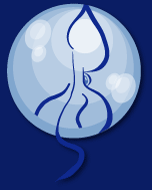

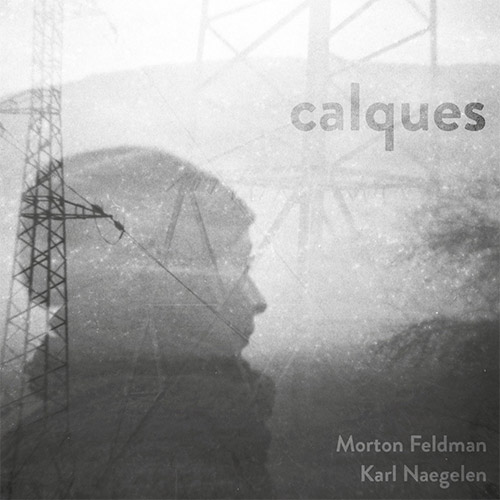
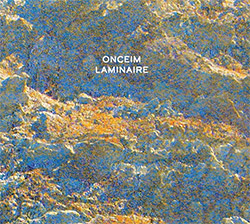
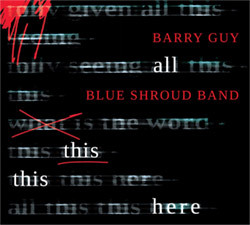
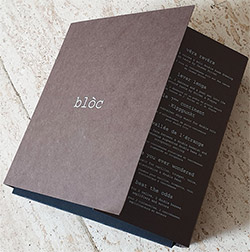
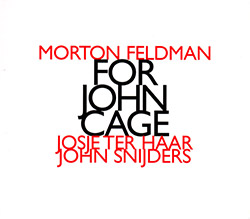
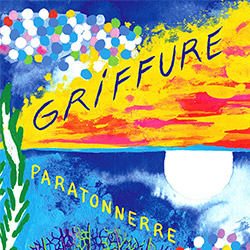
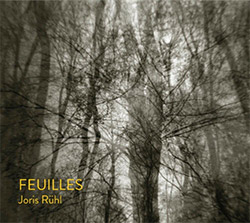
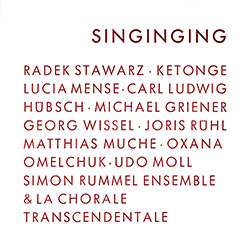

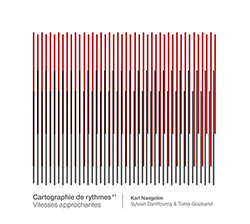
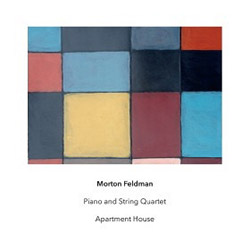

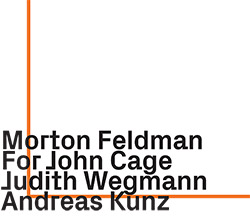
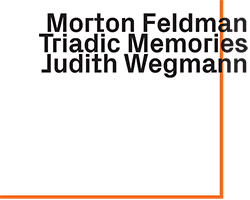
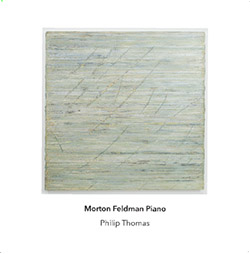
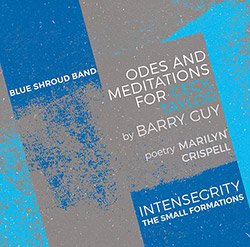
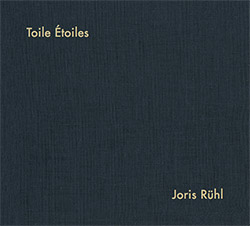
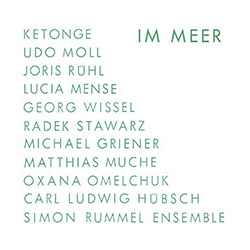
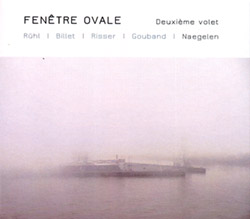
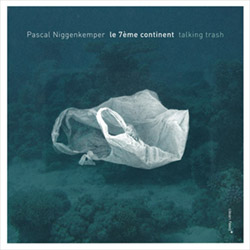
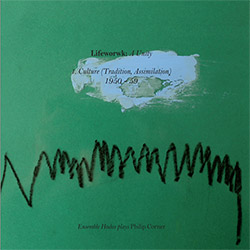
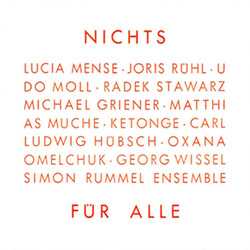
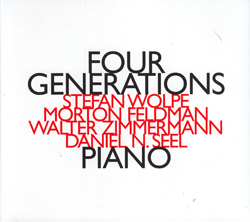
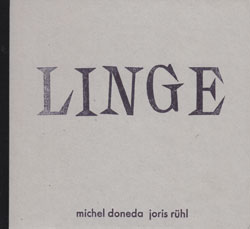
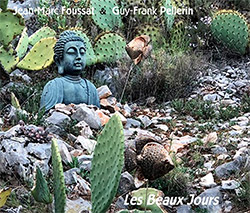
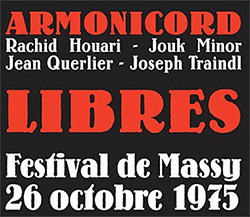
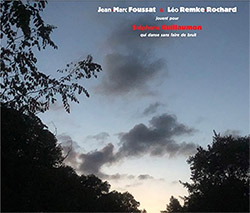


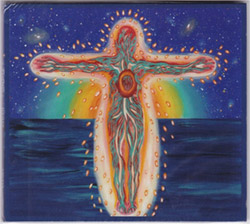

![BlueRing Improvisers: Materia [2 CDs]](https://www.teuthida.com/productImages/misc4/36513.jpg)
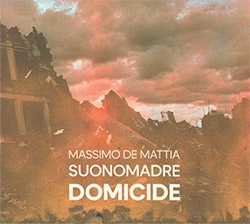
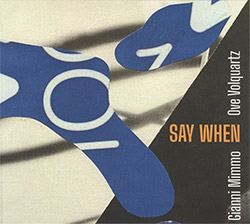
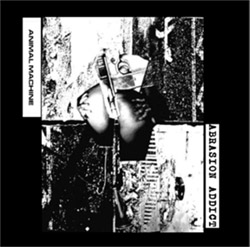
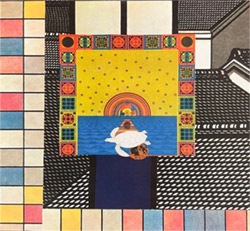
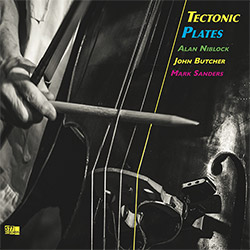
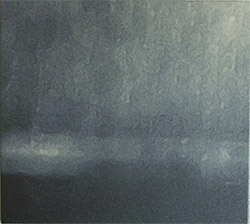


![Wheelhouse (Rempis / Adasiewicz / McBride): House And Home [VINYL]](https://www.teuthida.com/productImages/misc4/36462.jpg)
![+DOG+: The Light Of Our Lives [2 CDs]](https://www.teuthida.com/productImages/misc4/36009.jpg)

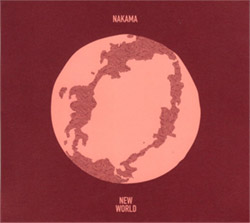
![Parker, Evan / Jean-Marc Foussat: Insolence [VINYL]](https://www.teuthida.com/productImages/misc4/36398.jpg)
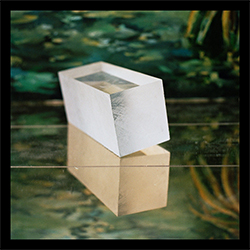

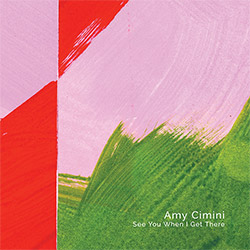
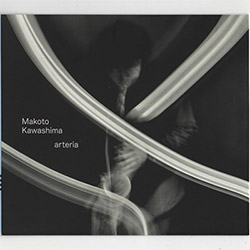
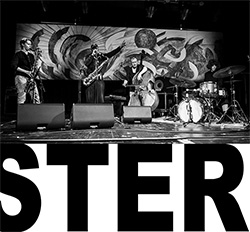
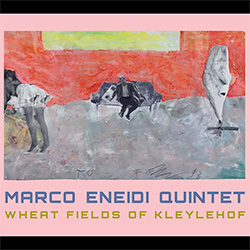
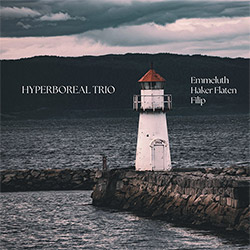
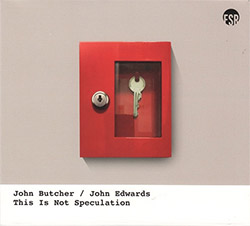
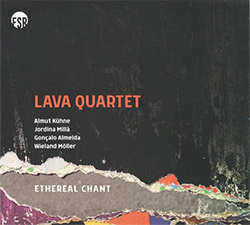
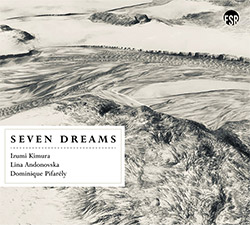
![Deupree, Jerome / Sylvie Courvoisier / Lester St. Louis / Joe Morris: Canyon [2 CDs]](https://www.teuthida.com/productImages/misc4/36404.jpg)
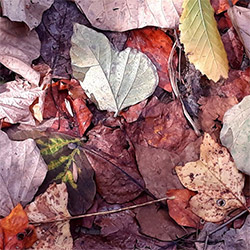
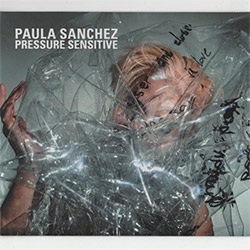
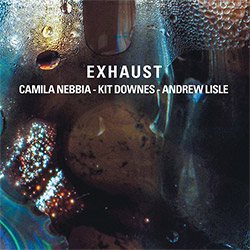
![Eventless Plot | Haarvol: The Subliminal Paths [CASSETTE + DOWNLOAD]](https://www.teuthida.com/productImages/misc4/36232.jpg)
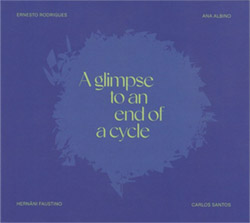
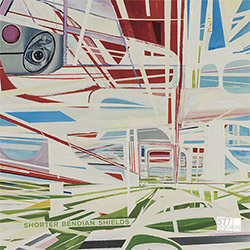
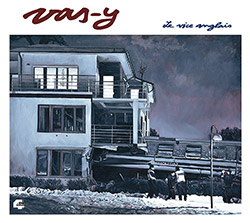


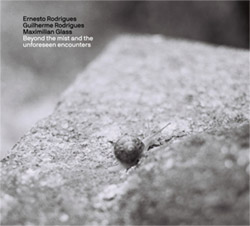

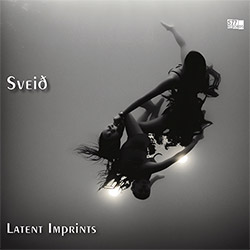
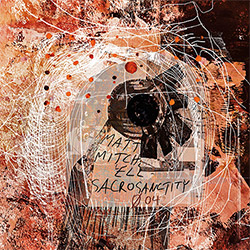
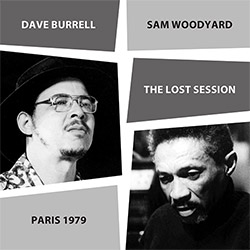
![Eventless Plot | Francesco Covarino: Methexis [CASSETTE + DOWNLOAD]](https://www.teuthida.com/productImages/misc4/36231.jpg)
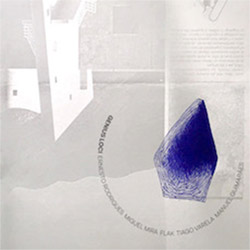
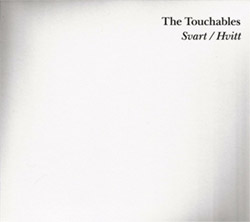

![Das B (Mazen Kerbaj / Mike Majkowski / Magda Mayas / Tony Buck): Love [VINYL]](https://www.teuthida.com/productImages/misc4/36329.jpg)
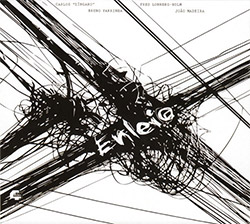
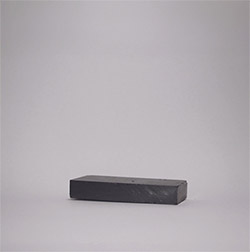
![Eternities: Rides Again [CASSETTE]](https://www.teuthida.com/productImages/misc4/36247.jpg)
![Lopez, Francisco: Untitled (2021-2022) [2 CDs]](https://www.teuthida.com/productImages/misc4/36438.jpg)
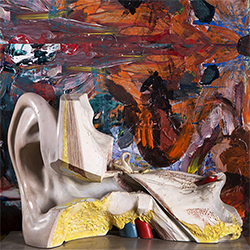
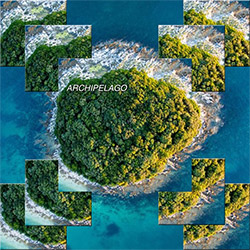
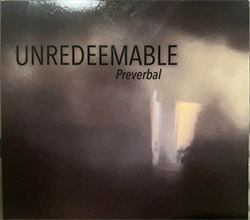
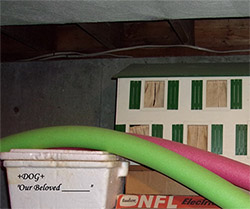
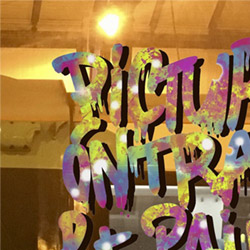
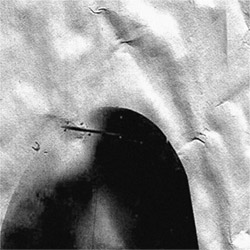
![Money : Money 2 [2 CDs]](https://www.teuthida.com/productImages/misc4/35894.jpg)
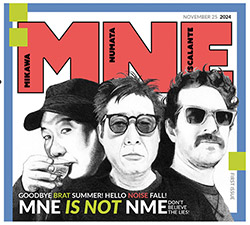
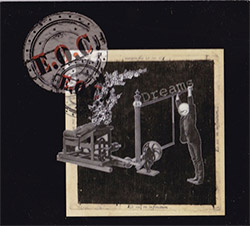
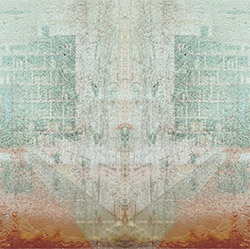
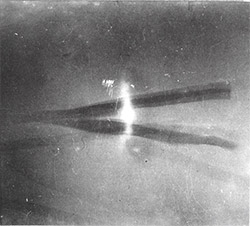
![Klinga, Erik: Elusive Shimmer [VINYL]](https://www.teuthida.com/productImages/misc4/36258.jpg)
![CHANGES TO blind (Phil Zampino): Volume 9 - I Wave on a Fine Vile Mist [CD + DOWNLOAD]](https://www.teuthida.com/productImages/misc4/36061.jpg)

![Wallmart / Rubbish: Asset Protection [split CD]](https://www.teuthida.com/productImages/misc4/35900.jpg)
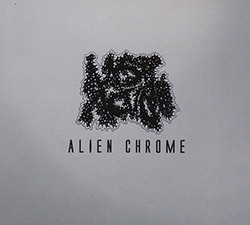
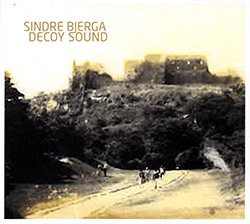
![+Dog+: The Family Music Book Vol. 5 [2 CDs]](https://www.teuthida.com/productImages/misc4/35897.jpg)
![Kuvveti, Deli : Kuslar Soyledi [CASSETTE w/ DOWNLOAD]](https://www.teuthida.com/productImages/misc4/36107.jpg)
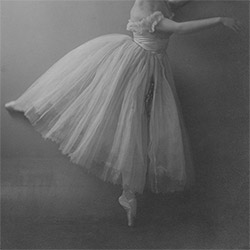
![Brown, Dan / Dan Reynolds: Live At The Grange Hall [unauthorized][CASSETTE]](https://www.teuthida.com/productImages/misc4/36245.jpg)
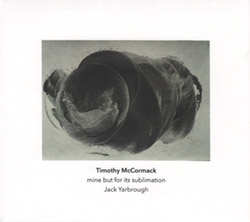

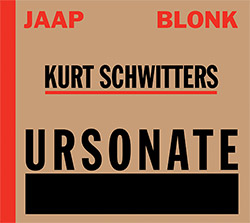
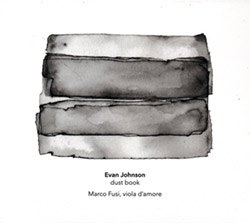
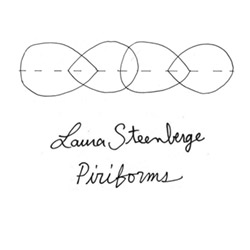
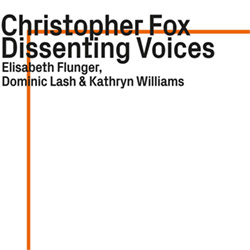
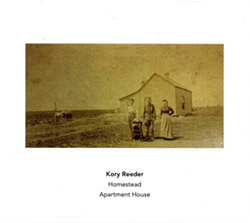
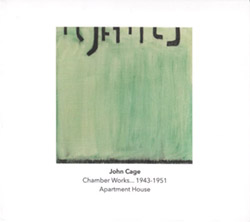
![Palestine, Charlemagne / Seppe Gebruers: Beyondddddd The Notessssss [VINYL]](https://www.teuthida.com/productImages/misc4/36206.jpg)
![Palestine, Charlemagne / Seppe Gebruers: Beyondddddd The Notessssss [NEON GREEN VINYL]](https://www.teuthida.com/productImages/misc4/36207.jpg)
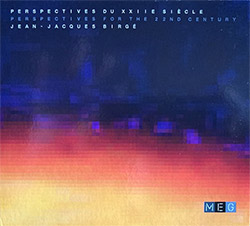
![Laubrock, Ingrid: Purposing The Air [2 CDs]](https://www.teuthida.com/productImages/misc4/35639.jpg)
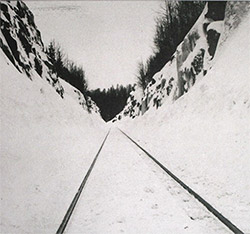
![Yoko, Ono / The Great Learning Orchestra: Selected Recordings From Grapefruit [2 CDs]](https://www.teuthida.com/productImages/misc4/35841.jpg)
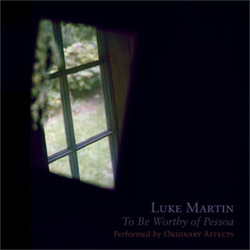
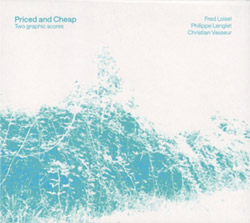
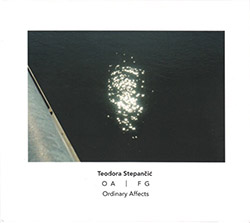
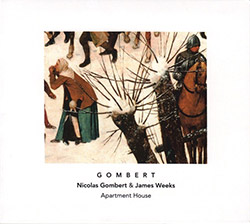

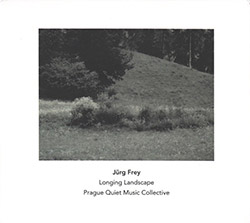


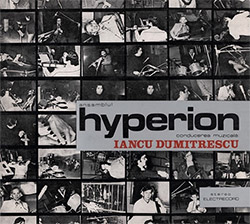
![Zorn, John / JACK Quartet: The Complete String Quartets [2 CDs]](https://www.teuthida.com/productImages/misc4/35609.jpg)

![Lonsdale, Eden: Dawnings [2 CDs]](https://www.teuthida.com/productImages/misc4/35480.jpg)
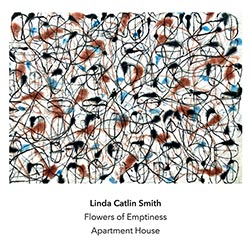
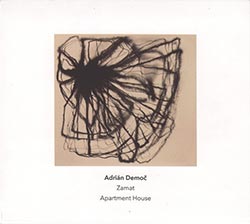
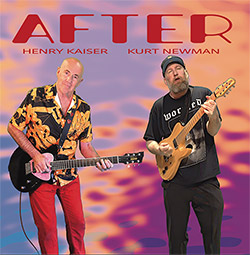
![Sorry For Laughing (G. Whitlow / M. Bates / Dave-Id / E. Ka-Spel): Rain Flowers [2 CDS]](https://www.teuthida.com/productImages/misc4/35985.jpg)

![Rolando, Tommaso / Andy Moor : Biscotti [CASSETTE w/ DOWNLOADS]](https://www.teuthida.com/productImages/misc4/36106.jpg)
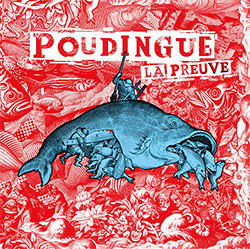

![Electric Bird Noise / Derek Roddy: 8-10-22 [CD EP]](https://www.teuthida.com/productImages/misc4/35970.jpg)
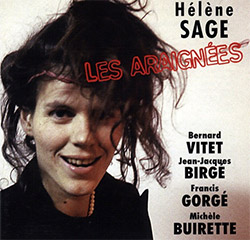


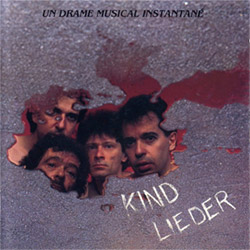
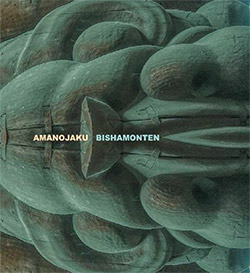
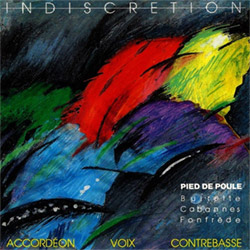
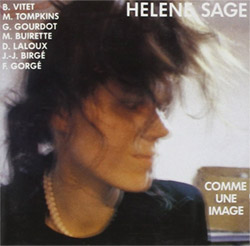
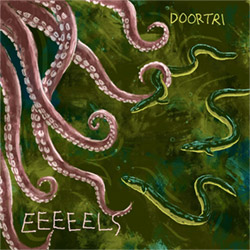
![Elephant9 : Mythical River [VINYL]](https://www.teuthida.com/productImages/misc4/34624.jpg)
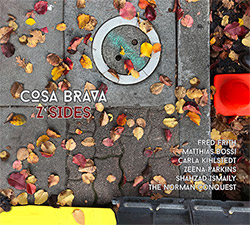
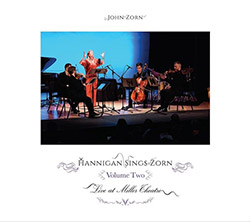
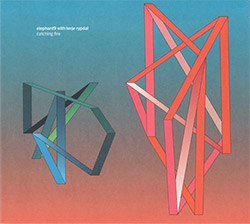
![Elephant9 with Terje Rypdal: Catching Fire [VINYL 2 LPs]](https://www.teuthida.com/productImages/misc4/35355.jpg)
![Deerlady (Obomsawin, Mali / Magdalena Abrego): Greatest Hits [VINYL]](https://www.teuthida.com/productImages/misc4/34876.jpg)
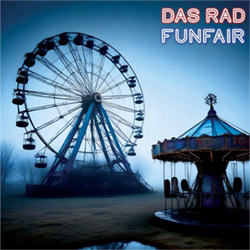
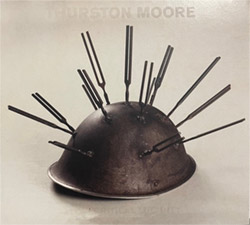
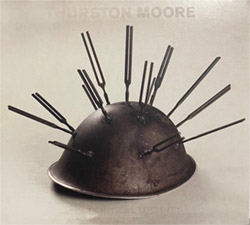

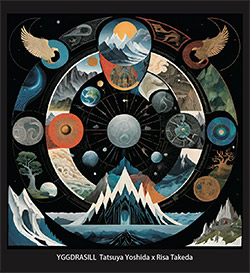
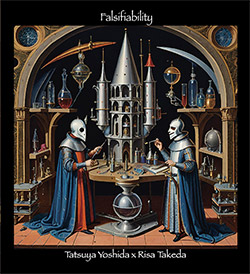
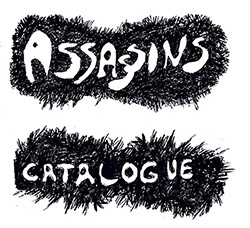
![Surplus 1980: Illusion of Consistency [CD]](https://www.teuthida.com/productImages/misc4/35069.jpg)
![Staiano, Moe: Away Towards the Light [VINYL + DOWNLOAD]](https://www.teuthida.com/productImages/misc4/35037.jpg)
![Coley, Byron: Dating Tips for Touring Bands [VINYL]](https://www.teuthida.com/productImages/misc4/17906.jpg)

![Lost Kisses: My Life is Sad & Funny [DVD]](https://www.teuthida.com/productImages/misc4/lostKissesDVD.jpg)